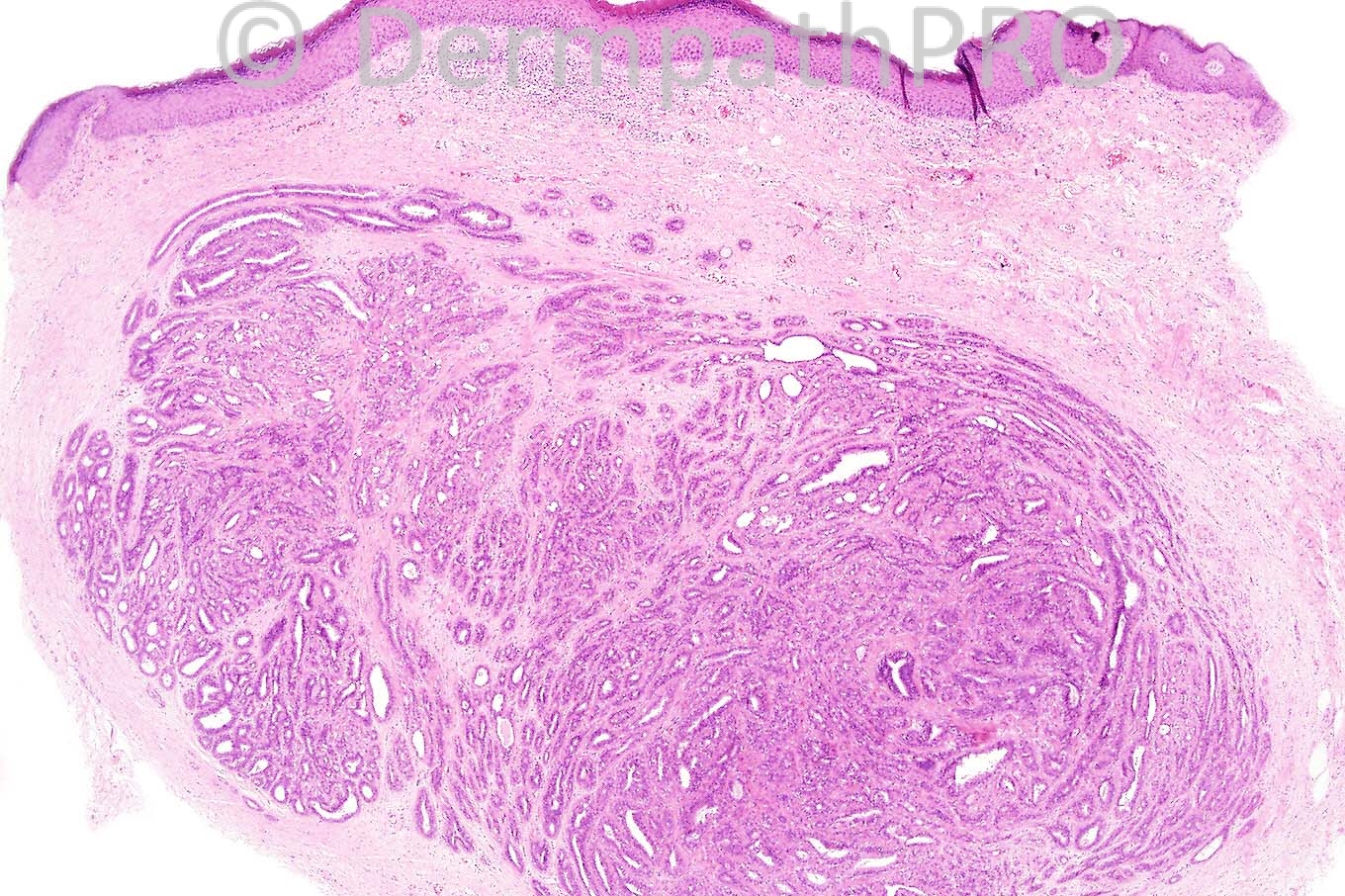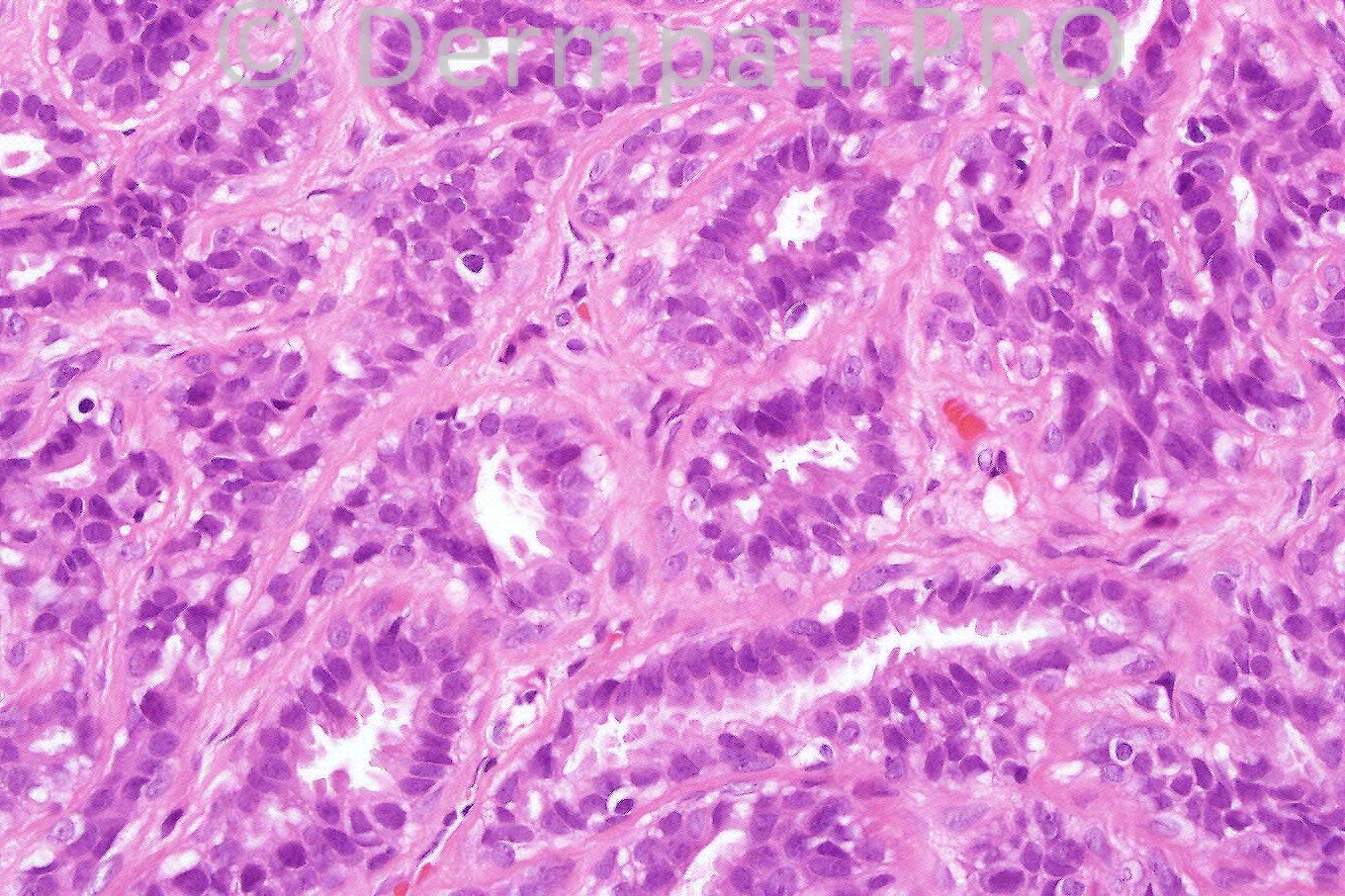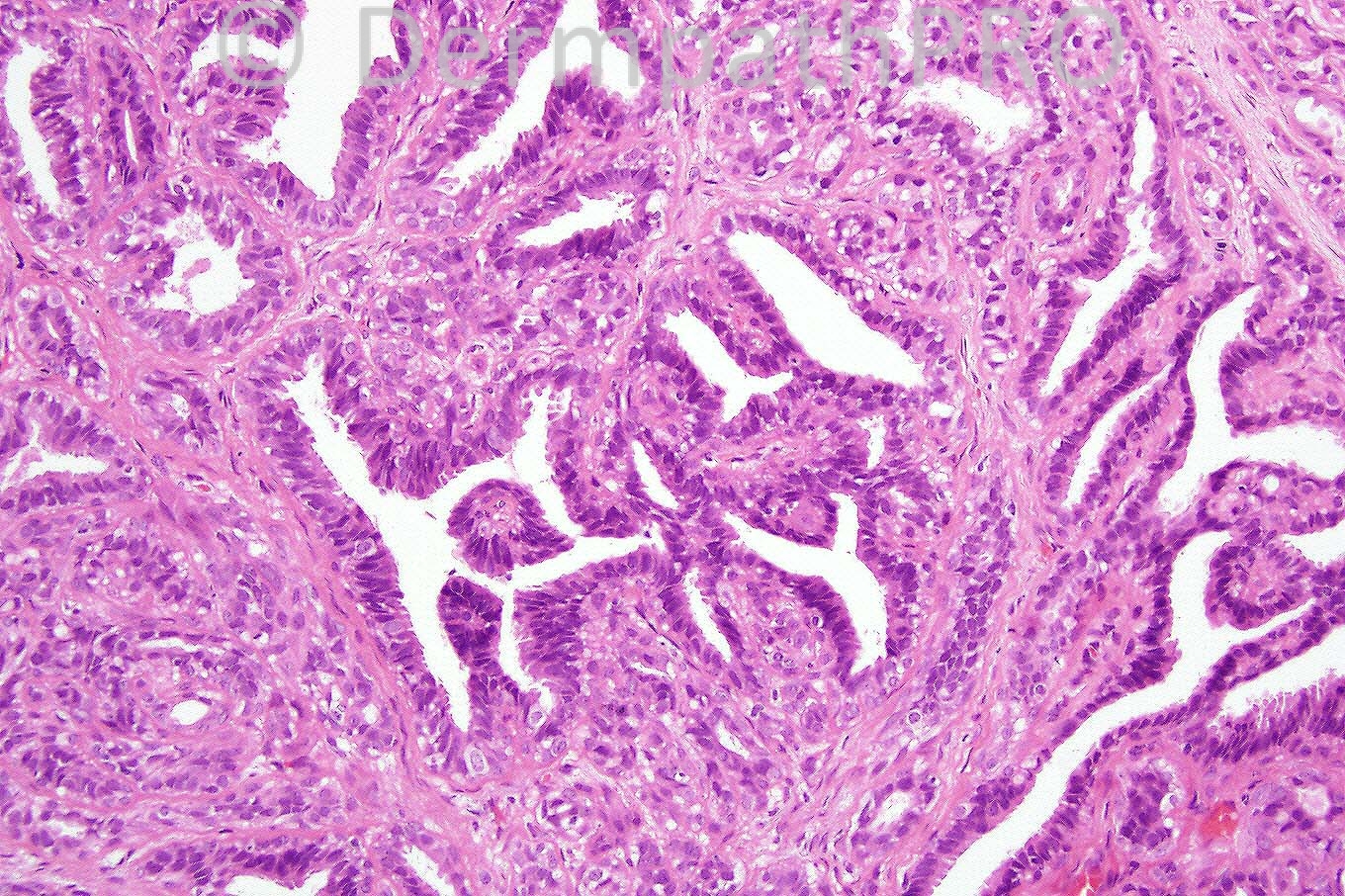Case Number : Case 546 - 12 July Posted By: Guest
Please read the clinical history and view the images by clicking on them before you proffer your diagnosis.
Submitted Date :
Female 37 years. Nodule on vulva.
We are grateful to Dr. Richard Carr for this case.
We are grateful to Dr. Richard Carr for this case.





User Feedback